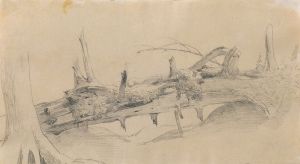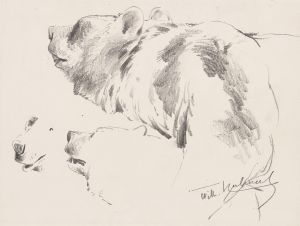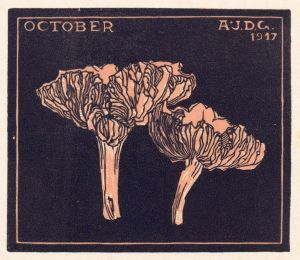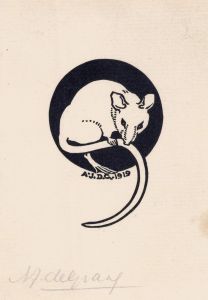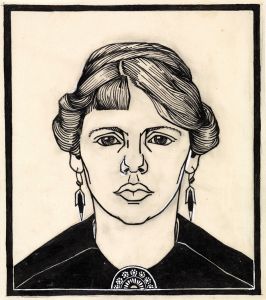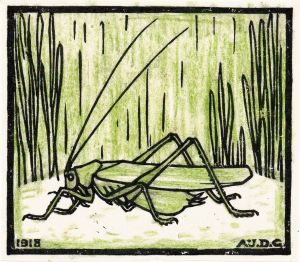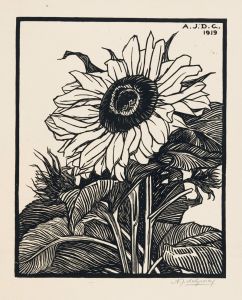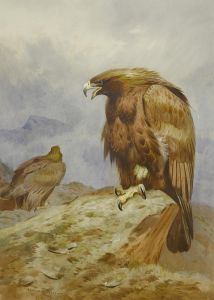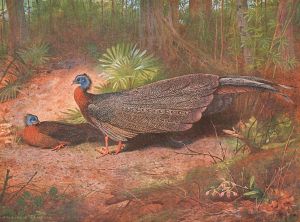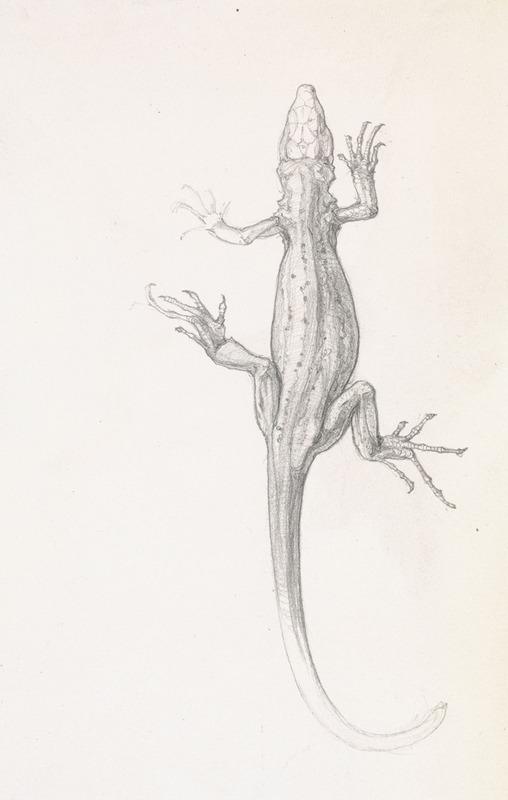
Hagedis
A hand-painted replica of Julie de Graag’s masterpiece Hagedis, meticulously crafted by professional artists to capture the true essence of the original. Each piece is created with museum-quality canvas and rare mineral pigments, carefully painted by experienced artists with delicate brushstrokes and rich, layered colors to perfectly recreate the texture of the original artwork. Unlike machine-printed reproductions, this hand-painted version brings the painting to life, infused with the artist’s emotions and skill in every stroke. Whether for personal collection or home decoration, it instantly elevates the artistic atmosphere of any space.
Julie de Graag (1877–1924) was a Dutch artist known for her distinctive style that combined elements of Art Nouveau and Symbolism. Her work primarily consisted of prints and drawings, often featuring animals and nature as central themes. One of her notable works is "Hagedis," which translates to "Lizard" in English. This piece exemplifies her meticulous attention to detail and her ability to capture the essence of her subjects with precision and elegance.
"Hagedis" is a woodcut print, a medium that de Graag frequently employed. Woodcut printing involves carving an image into the surface of a block of wood, with the raised areas representing the parts that will be inked and printed. This technique allows for bold contrasts and intricate details, both of which are evident in "Hagedis." The choice of a lizard as the subject reflects de Graag's interest in the natural world and her ability to find beauty in creatures often overlooked.
The composition of "Hagedis" is marked by its simplicity and clarity. The lizard is depicted with a high degree of realism, showcasing de Graag's skill in rendering textures and forms. The background is typically minimalistic, drawing the viewer's attention to the intricate patterns and lines that define the lizard's body. This focus on the subject, devoid of unnecessary embellishments, is a hallmark of de Graag's style.
Julie de Graag's work, including "Hagedis," is often associated with the Dutch Art Nouveau movement, known as Nieuwe Kunst. This movement was characterized by its emphasis on decorative arts and its inspiration from natural forms and structures. De Graag's prints align with these principles, as they often feature organic motifs and a harmonious balance between form and space.
Despite her talent, Julie de Graag's career was relatively short-lived. She struggled with mental health issues throughout her life, which ultimately led to her untimely death at the age of 47. Her work, however, has gained recognition posthumously, and she is now considered an important figure in Dutch art from the early 20th century.
"Hagedis" and other works by de Graag are appreciated for their technical proficiency and their ability to convey a sense of tranquility and introspection. Her prints are held in various collections, including those of major museums in the Netherlands, where they continue to be studied and admired for their contribution to the art of printmaking and their reflection of the natural world.
In summary, "Hagedis" by Julie de Graag is a testament to the artist's skill in woodcut printmaking and her deep appreciation for nature. Through her work, de Graag has left a lasting legacy that continues to inspire and captivate audiences, highlighting the enduring appeal of her artistic vision.





